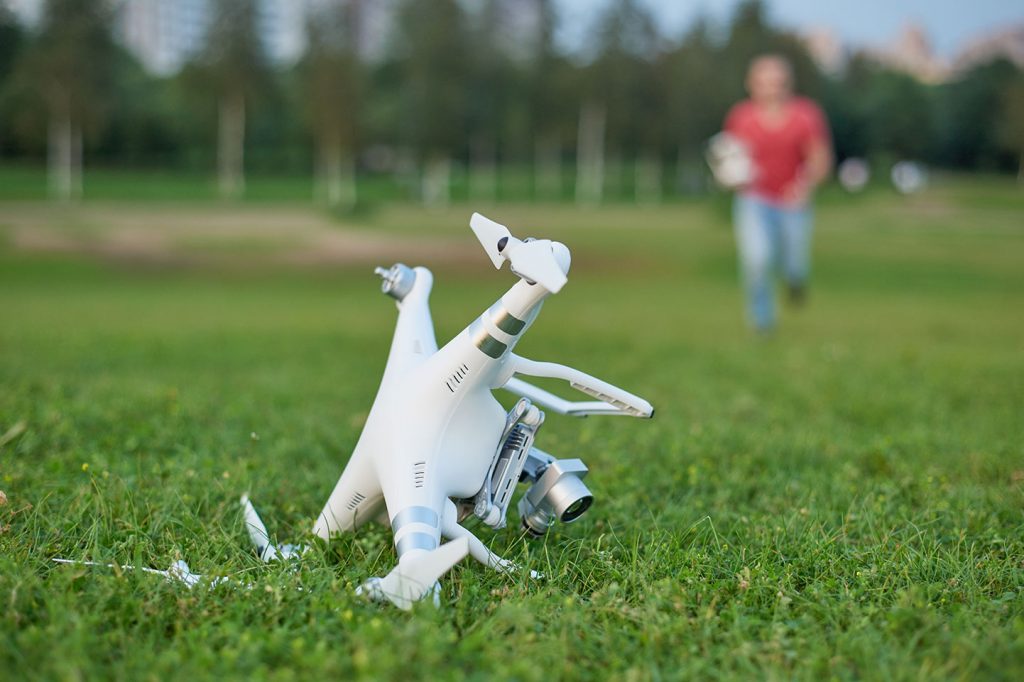You’ve just registered that high-tech device under your name- a requirement for those who flyweight of anything from 0.55 to 55 pounds. How about flying and crashing it the first time? You need a few tips to guide your conduct and how you treat your drone so you take off and land safely.
Follow through and get tips from manufacturers and the Federal Aviation Administration, so you avoid injuring other people or even harm your expensive device.
Start slow
Most of the time, drone pilots, especially beginners, don’t read the manual. Many gadgets don’t come with the instructions anymore. But when it comes to drones, you’ve to read and understand the device’s controls before taking a spin.
It’s boring-yes, but the time you spent is a sacrifice that will ensure you don’t crash that expensive flying device. When everything is familiar, you can try a low-key first flight in your backyard or some other free space. That way, you’ll be comfortable with the controls and settings before you try other populated and distracting areas like the public park.
There’s always some temptation to want to push the thing full throttle, but- resist the temptation until you get used to the drone and you can comfortably navigate through any challenges that may arise.
Maintenance checks first
Even after you get comfortable with the controls, set aside some time before every flight, just like a plane’s pilot would do; servicing your drone ensures that you don’t have emergencies when flying and increases the machine’s lifespan.
Charge the battery fully and pack your spares. Check also the propellers for any signs of wear and tear. If they appear loose, make sure you fix them, and if they’re beyond repair, then you may need to postpone your flight and seek a replacement from a drone dealer.
Ensure also you calibrate the device’s compass. Calibrating the compass will help tell precisely where the drone is, and therefore you know the direction to head towards.
Keep it in view
If the drone’s out of sight, then you’re not sure what it’s doing. Never allow the gadget to leave your site- it’s an FAA official guideline and a very helpful one. Following this rule ensures that you don’t have problems flying your drone. You can even restrict your flying to daytime hours. That way, you can see clearly and avoid any dangers ahead.
Again, you need to scan your environment before takeoff to ensure that there are no obstacles ahead. Keep your hands always at the steering even when it’s in an automatic landing or takeoff mode-that will make it easy for you to control the device.
Avoid no-fly zones
FAA limits the maximum altitude you can explore with your drone, and they are restricted to certain fly-zones. The rules are aimed at protecting your drone as well as others in the area. A recreational drone, for instance, is not allowed to fly beyond 400 feet into the air, and even within that height, you may encounter other aircraft. Thus you’ve to keep your eyes and ears open when flying.
A smart drone pilot will take their good time; get quadcopter flying basics on flying safely and keeping the expensive device in good condition. Check out the manual carefully, carry out maintenance before flying, and always fly within the FAA’s acceptable height limit. That way, you’ll have great moments in the sky.
